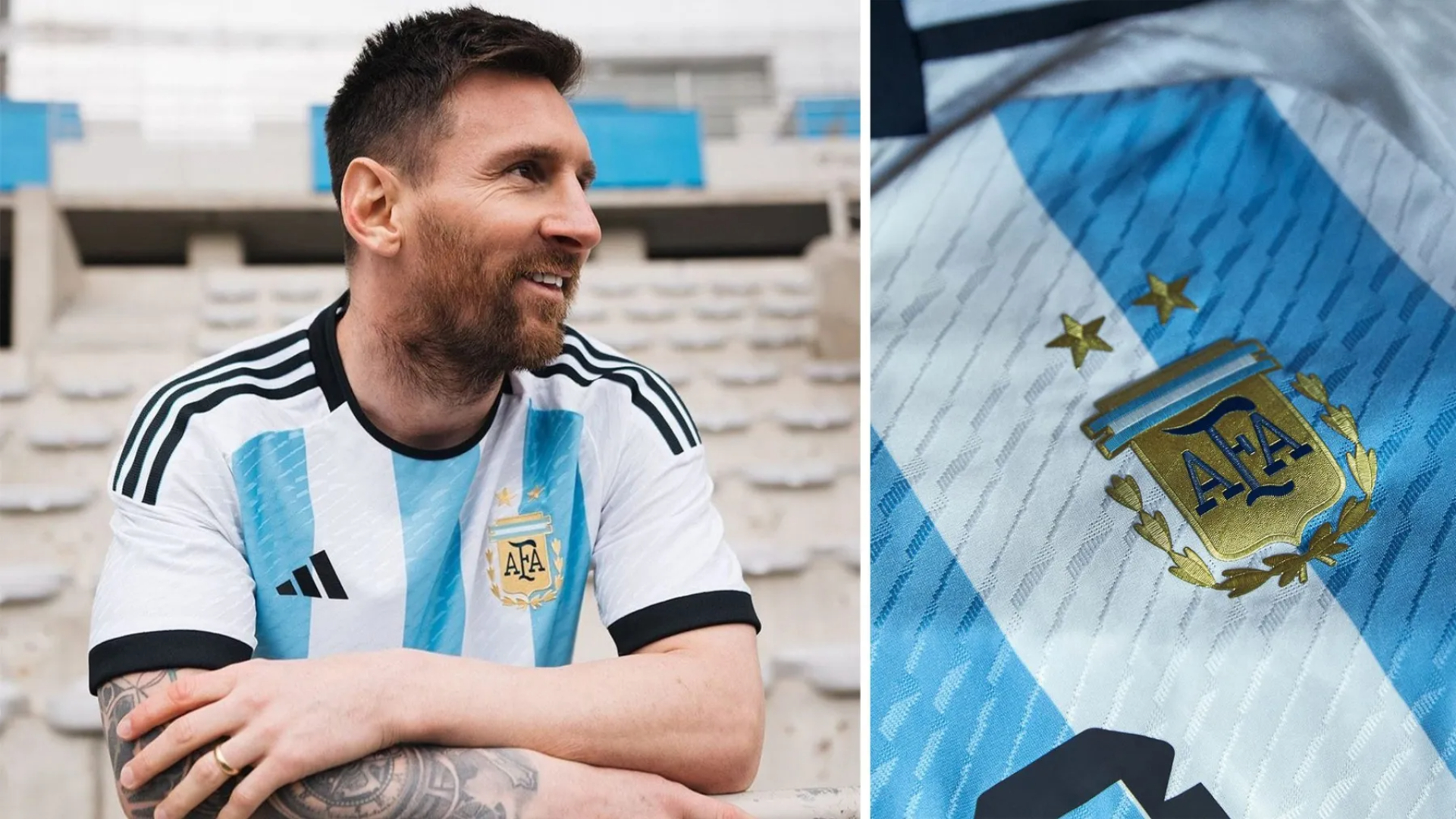A long history is involved in the Argentina football team’s jersey which is certainly one of football’s most iconic kits. It’s a story that involves the Byzantine Empire, Renaissance painters, Napoleon, and a revolution.
The rich history of Argentina’s football kit

A Twitter user, The Cultural Tutor recently gave the significance of Argentina’s football kit. In the Byzantine Empire, the colour blue was regarded as the colour of the nobility and of the emperor and empress.
With the rise of the worship of St Mary, artists decided to depict her wearing blue robes. The use of blue for Mary’s clothes soon became a central part of artistic and religious tradition. In the Renaissance, artists would use lapis lazuli to create the paint for her robes.
The pigment it created became known as “ultramarinus” which in Latin means “from over the sea”. Ultramarine was a deep and brilliant shade of blue.
The Spanish Empire ruled Argentina in the 18th century. Charles III was King of Spain. His son and heir, also called Charles had a child and King Charles III was delighted. He created something called the Order of Charles III in 1771 to mark the occasion, a sort of special society for prominent Spaniards. And every Order must have its colours for members to wear.
Charles III had prayed to St Mary for his son to have a child. So the colours of his new Order, Charles chose blue and combined it with white.

Charles III had chosen a blue significantly paler than usual depiction of Mary. By the year 1808 Napoleon had burst onto the scene. He forced King Ferdinand VII (Charles III’s grandson) to abdicate. Napoleon then placed his brother, Joseph Bonaparte, on the Spanish throne instead.
This sparked revolts including in Argentina. Argentinian rebels wore the colours of the Order of Charles III – pale blue and white – to distinguish themselves from Bonapartist fighters and show loyalty to Ferdinand.
Two years later, in 1810, the Argentinian War of Independence broke out. And in 1812 its leader, Manuel Belgrano, created the Cockade of Argentina, a symbol used to distinguish revolutionary forces from those of the royalists.
Belgrano designed the flag using the same colours and it was adopted as the official flag of independent Argentina, in 1816. The sun was added in 1818. When Belgrano first presented his design to the people he compared its colours to the sky and the clouds.

The Argentina National Team wore a pale blue shirt for their debut against Uruguay in 1902. But six years later, in 1908, they played an all-star team from the Brazilian League in a kit of white and pale blue stripes. 114 years later Argentina still wear those same colours.
In the FIFA World Cup 2022 Final, Argentina lifted the coveted trophy after defeating France in 4-2 penalty shootout at Lusail Stadium. It ended 3-3 after 120 minutes of gameplay. Kingsley Coman had an attempt saved by Argentina goalkeeper Emi Martinez and Aurelien Tchouameni then missed for France, giving Gonzalo Montiel the opportunity to end it. He converted the penalty to the left and sparked wild celebrations.

